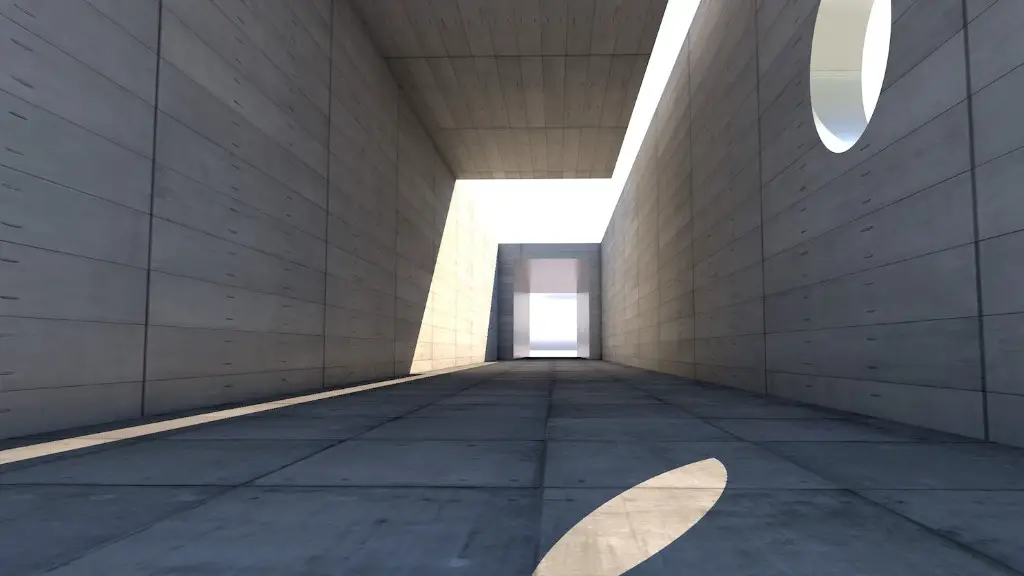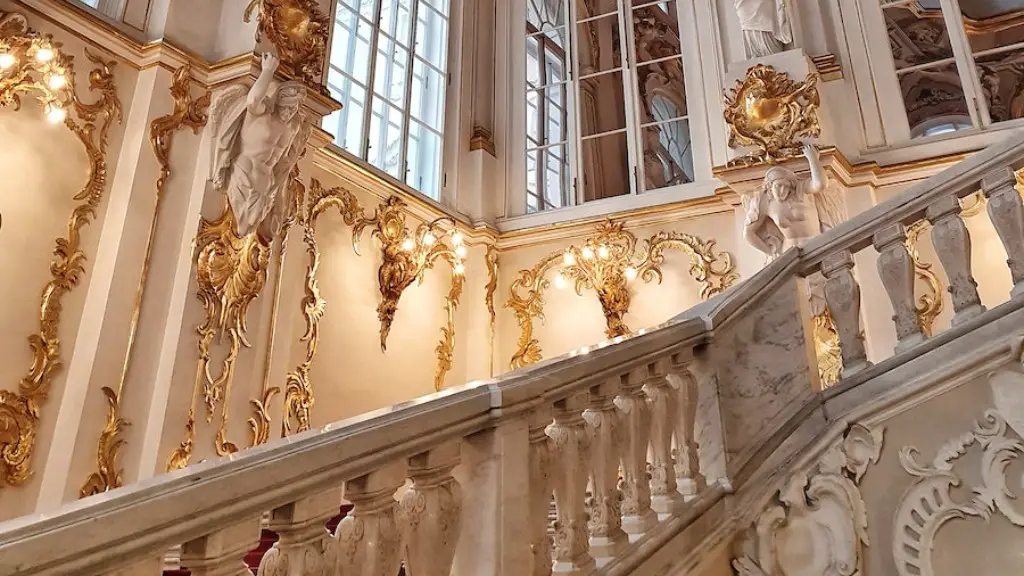Understanding History Of Architecture
History of architecture is an important field of study for anyone interested in design and the built environment. Not only does it provide valuable insight into the evolution of building practices, but it also serves as a reminder of our past. Architects, landscape architects, and interior designers have long been taught to respect and learn from history as a tool for understanding today’s world.
To understand why the history of architecture is important, we must first understand the context in which it was created. Architecture is a creative discipline that has been influenced throughout history by economic, social, and technological developments. It is important to look back at the accomplishments of generations past in order to appreciate the accomplishments of the present. From ancient Greece to the present day, certain architectural movements have been particularly influential in the development of the built environment, including Gothic, Renaissance, and Neoclassical.
When studying the history of architecture, it is essential to take into account the cultural and political contexts of the time. Having an understanding of the political, social, and economic dynamics in which architects worked can help us to understand their motivations and the reasons for the design choices they made. It can also provide insights into the particular circumstances that led to the establishment of particular architectural styles and movements.
Furthermore, studying the history of architecture can help us to gain an appreciation for the craftsmanship and intricacies involved in creating a structure or environment. From the vast and ornate cathedrals of Rome to the sleek, modern structures of the 21st century, appreciating the skill, dedication, and creativity that created our current built environment is essential in understanding the value of craftsmanship.
In addition to providing insight into the cultural and political context in which architecture was created, the study of history can also help us to understand the evolution of design. Trends in design and materials can often be traced through different periods, with new philosophies and technologies influencing how we design and construct our built environment.
Finally, the study of history offers a better understanding of our shared past and the challenges that past civilizations had to overcome. Through this understanding, we are better able to empathize with the experiences of our predecessors and realize the importance of preserving our collective history.
Social Impact Of Architecture
The history of architecture is an important reminder of the ultimate goal of the practice: to improve people’s lives. From ancient monuments and kings’ palaces to the urban environments we inhabit today, architects have always aimed to create meaningful structures and systems that respond to the needs and contexts of the time.
As a result, different periods have seen different trends and styles in architecture that are reflective of the social needs and values of the time. For example, early Medieval architecture focused heavily on fortifications, while Gothic architecture expressed the burgeoning power of the Church in medieval society. Similarly, the architecture created during the Industrial Revolution was largely reflective of the changing economic and social dynamics of the period.
In the modern era, architecture continues to evolve to respond to the shifting needs and values of society. From green design to the accessibility movement, architects are using their creativity and technical skills to create structures and systems that are more responsive to contemporary issues. Through understanding the history of architecture, we can better appreciate how the built environment has been shaped by the needs and values of past cultures and societies.
The ultimate goal of architecture is to provide people with a better quality of life. By understanding the history of architecture, we are able to appreciate the role that architecture plays in our lives and the ways in which it has shaped our societies over time.
Cross Cultural Influences
By looking into the history of architecture, we are also able to gain insight into global trends and cross-cultural influences. As civilizations have encountered each other throughout history, they have exchanged techniques, styles, and materials, resulting in a rich tapestry of architectural influences that is still evident today.
From the influence of Chinese pagodas on Western classical architecture to the incorporation of Indian minarets into Islamic structures, global influences have long been an integral part of architectural history. These cross-cultural influences have helped to shape our current built environment and provide insight into the diversity of architectural styles around the world.
The study of the history of architecture provides us with the opportunity to see elements that have been borrowed from other cultures, often with transformative results. In some cases, these borrowed elements were incorporated into a culture’s own style, while in others they were adapted to create something new. This exchange of ideas and techniques is an essential part of architectural history and can help us to better understand how different cultures and individuals have interacted over time.
By examining the history of architecture, we are able to gain a better appreciation of the global influences that have shaped the built environment, and how various cultures have interacted with each other over time.
Economy and Trade
Architecture has long been shaped by the economic and political realities of the time. From the early Roman Empire to the contemporary global economy, the development and design of architectural structures have been heavily influenced by economic and political realities.
In ancient societies, the development of architecture was often driven by the need for functioning infrastructure and public works projects. The wealthy patrons of the time often provided the resources to support the construction of impressive monuments and structures, such as temples, aqueducts, and stadiums.
In the modern era, economic and political developments have continued to shape the architecture that is built. Global markets and economies have created a need for new styles of architecture, often driven by the need for speed and efficiency, such as in the design of airports and skyscrapers.
Furthermore, the globalization of trade and exchange of goods and services has led to the introduction of international architectural styles, such as postmodernism and deconstructivism. As the economy continues to evolve and globalize, so too will the architecture of the built environment.
By examining the history of architecture, we can gain an understanding of how economic and political developments have shaped the built world around us. Through this understanding, we can gain a better appreciation for the impact of the economy on our built environment.
Advances in Technology
Architecture has been shaped throughout history by advances in technology. From ancient systems of construction to modern construction systems, technology has played a major role in determining the structures we build and the materials we use.
In Ancient Greece, the use of arches and domes enabled much larger structures to be built than before, while the development of steel in the 19th century allowed for the construction of modern skyscrapers. In more recent decades, the invention of computer aided design and virtual reality has enabled architects to visualize their designs more clearly and develop more complex structures than ever before.
Today, advances in technology are being utilized to create more sustainable, energy-efficient structures and systems. With the development of renewable energy sources and more sophisticated materials, architects are creating buildings that are more energy-efficient and sustainable than ever before.
Technology has a long and varied history in architecture and its presence has been felt throughout the centuries. By looking at the history of architecture, we can gain an appreciation of how technology has shaped the built environment and the ways in which technological advances have affected the design and construction of structures over time.
The Impact of Built Environment
The history of architecture can also provide insights into the impact of the built environment on our lives. From Medieval castles to the sprawling cities of today, the structures and systems we create have a major impact on our quality of life.
For example, the urbanization of society over the last century has caused many social issues, from overcrowding and air pollution to increased crime rates. By looking at the history of architecture, we can gain insight into how our cities and urban centers were designed and how they have impacted our lives.
Conversely, the study of architectural history can also provide insights into how we can create more livable and sustainable environments. By looking at the accomplishments of generations past, architects are able to gain an appreciation for the potential of human creativity and the ability to create beautiful, livable spaces that respond to the needs of society.
The history of architecture allows us to appreciate both the positive and negative impacts of our built environment. Through understanding our history, we can gain a better understanding of our current circumstances and the need to create better, more sustainable environments.
Conclusion
The history of architecture provides valuable insights into the changing face of the built environment. From understanding the context in which architecture was created to appreciating the skill, craftsmanship, and creativity that went into creating both ancient and modern structures, the study of architecture can provide valuable insights into our shared past and the impact of our actions on today’s world.
Understanding the history of architecture can also provide insight into how technology, culture, politics, and economics have affected our built environment. Finally, the study of architecture allows us to reflect on the positive and negative impacts of our structures and systems on our collective quality of life.





